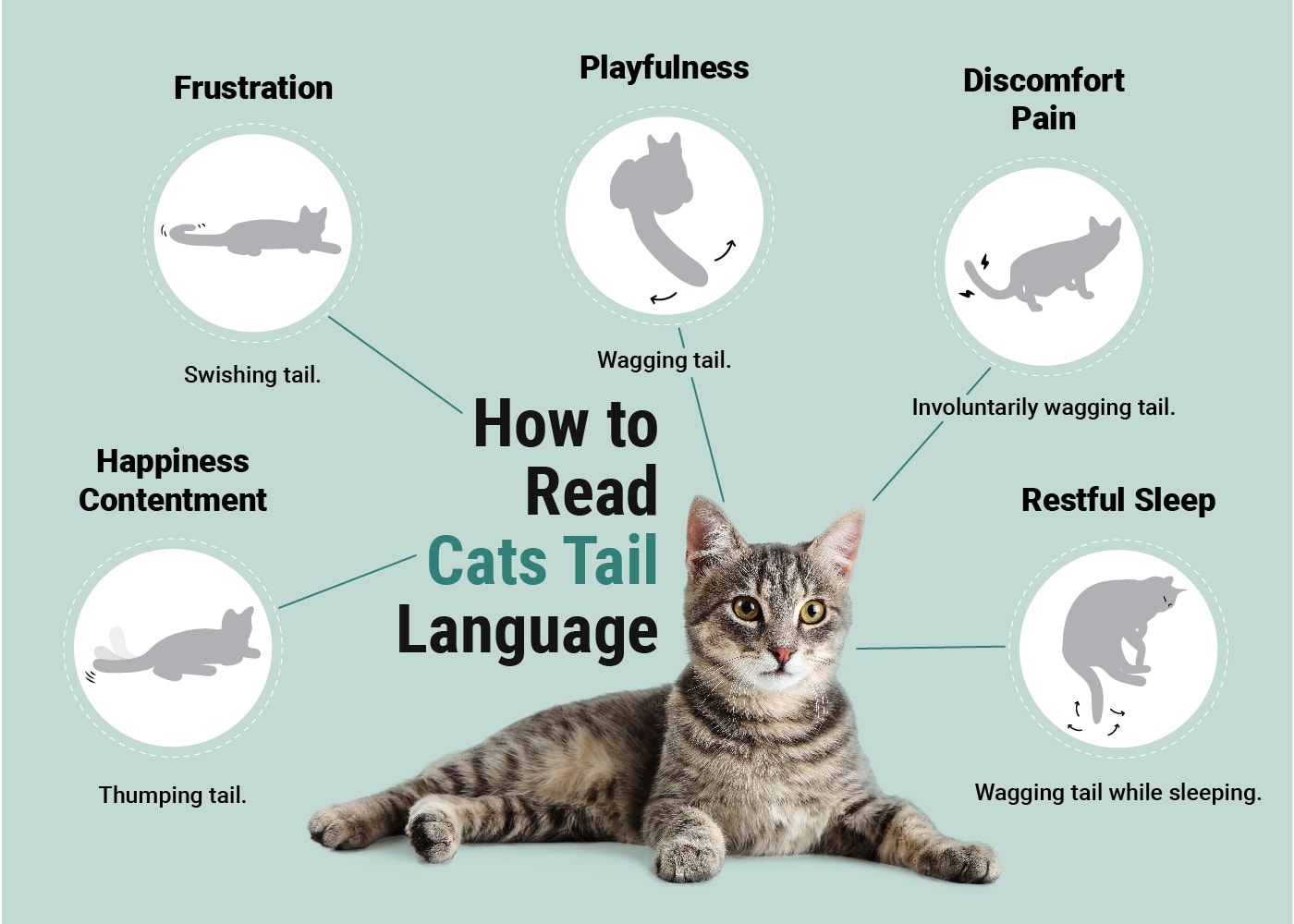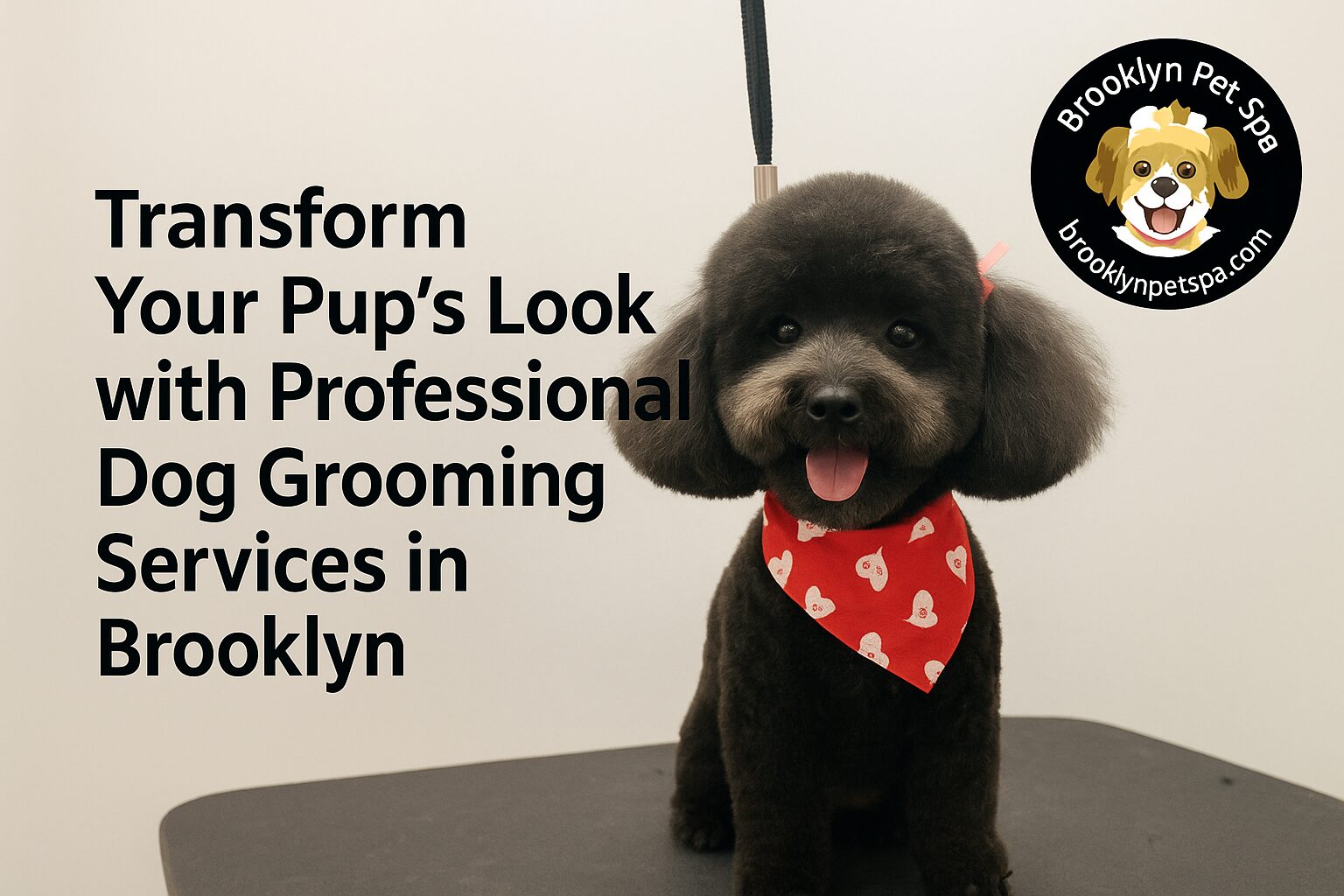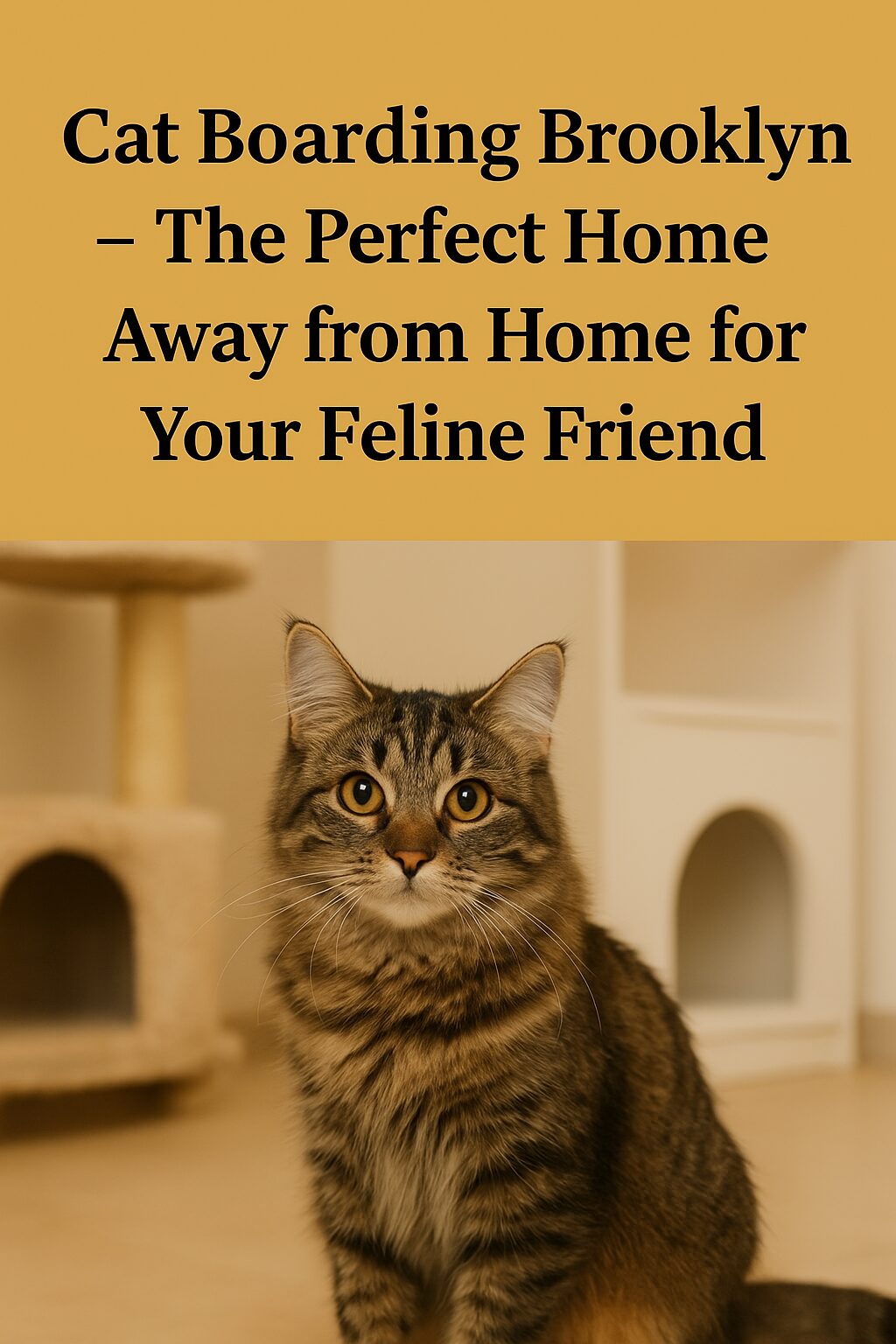The cat tail wagging is hard to understand. But cat tails reveal their feelings. As many people know, dogs wag their tails when they are happy. Cats wag their tails to communicate. There is a different meaning for each position of the cat tale.
You may be wondering what each movement means. We have covered each waging movement and details. So that you can understand your cat, keep reading, and next time, you will be able to tell what your cat is trying to communicate.
Table of Contents
TogglePositive Reasons for Cat Tail Wagging
Cats don’t wag their tails all the time. They do it when they feel really strong emotions, good or bad. Here’s how your cat might use their tail to show they’re happy:
- Excited Greeting: Think about coming home and your cat runs up to you with their tail straight up in the air, shaking a little bit at the end. This “tail shake” means your cat is super happy and excited to see you. It’s like their own little happy dance!
- Playfulness: If your cat’s tail swings side to side, they’re feeling playful and want to have fun! Their eyes might get bigger, and they might get low to the ground like they’re going to pounce. This means your cat wants to play and chase toys – maybe even your feet! Think of it like your cat is ready to hunt for fun.
- Relax: Cats love to chill! When your cat is lying down, purring, and its tail is gently swaying, it means they feel super happy, relaxed, and safe.
Negative Reasons for Cat Tail Wagging
Unlike dogs, a cat wagging its tail doesn’t always mean they’re happy. Here’s how a wagging tail can mean your cat is feeling annoyed:
- Overstimulation/Annoyance: Have you ever been petting your cat, and they seem to like it, but then suddenly their tail starts twitching? This, along with their body getting stiff, might mean they’re feeling annoyed. It’s best to stop petting them for a while so you don’t get scratched or bitten.
- Fear/Anxiety: A scared or worried cat might puff up its tail to look bigger and scarier. This puffy tail might look like the tail wag they do when they’re playful, but it’s different. Look for other signs, like their ears being flat or their eyes really wide, to know if your cat is scared instead of happy.
- Warning Signal: If your cat’s tail is whipping back and forth really fast and hard, watch out! This means they’re angry, annoyed, and might scratch or bite. It’s best to leave them alone for a while.
Types of Cat Tail Wagging Motions and Meanings
Cats talk a lot with their tails, so watching how they wag is important. Here’s what different tail wags might mean:
- Quick Flick: This short, fast flick is different from a playful twitch. It means your cat is annoyed or even ready to attack!
- Low Wag: Your cat’s tail is low and wags a little. This means the cat might be scared or unsure. Check for other signs like crouching, flat ears, or wide eyes to guess better.
- Slow Swish: Your cat’s tail sways slowly side to side. This means the cat is focused on something. Cat might be watching something interesting. Don’t bother them.
- The Thump: If your cat’s tail is hitting the floor loudly, like a drum, it means they are really angry. They might even bite or scratch you. It’s best to leave them alone for a while.
- High and Vibrating: If your cat’s tail is straight up in the air and the very tip is shaking super fast, they’re really excited and focused! They could be getting ready to hunt (even if it’s just chasing a toy) or are totally fixated on something.
- The Half-Mast Swish: If your cat’s tail is kind of half-way up and gently swaying, they’re probably curious or thinking about what to do next. It’s like their tail is asking, “Should I check that thing out or should I just keep napping?”
- The Bottlebrush: When a cat raises her tail hairs. It becomes big and fluffy.. This means your cat is feeling upset, scared, or ready to defend itself.
- The Question Mark: Your cat’s tail curves at the end like a question mark. This is a good sign! It means your cat is friendly, relaxed, and probably wants to play.
- The Tail Hook: In this position, your cat’s tail is mostly straight, but it has a little curve at the end that looks like a hook. This means your cat is feeling curious about something, but they’re not overly excited or nervous.
- The Inverted U: Your cat’s tail looks like an upside-down letter “U”. This means your cat feels happy and safe. You might see this when your cat walks up to you or another cat it likes.
- The Low and Stiff: Your cat’s tail is very low and doesn’t move at all. This means your cat is feeling scared, ready to protect itself, or might even attack.
- The Tucked Tail: Your cat’s tail is hidden under its legs or wrapped tightly around its body. This means your cat is very scared, doesn’t want to fight, and might feel a bit submissive.
Additional Considerations for More Comprehensive Coverage
While understanding basic tail wags is a great start, there are some nuances that’ll help you read your feline friend even better:
- Speed and Intensity: Pay attention to how fast or forceful the wagging is. A slow, gentle wag usually indicates a relaxed mood, while rapid, intense wagging can signal strong emotions like excitement, fear, or anger.
- Tail Position: The tail’s overall position adds another layer of meaning. A high tail usually suggests confidence, while a low tail can indicate fear or submission. A tucked tail strongly suggests your cat is feeling frightened or wants to avoid conflict.
- Subtle Movements: Some cats have very expressive tails, while others are more reserved. Look for the small cues – a slight twitch, a barely perceptible vibration, a tiny hook at the tail’s end. These subtle signals can offer big insights into your cat’s mood.
Important Considerations
- Every Cat is Unique: Just like people, cats have individual personalities. Some are naturally more expressive with their tails than others. Take the time to get to know your cat’s specific communication style and what certain tail wags mean for them.
- Full Body Language: Always consider the entire picture – tail movements, ear positions, eye dilation, posture, and vocalizations. These cues combined provide a more complete understanding of your cat’s emotional state than the tail alone.
- Context is Key: The same tail wag can mean different things depending on the situation. A playful swish is very different from a fearful flick of the tail. Assess the circumstances to accurately interpret your cat’s message.
Conclusion
The cat’s tail tells you a lot about how they feel! Learn to watch their tail, and you’ll understand cats better. Every cat is a little different. And there may be little difference in meaning of their waging. So, it is better to play closer attention to details.
Frequently Asked Question :
Q1. What does cat tail wagging mean?
Cat tail wagging is a form of communication. Unlike dogs, cats teased their tail to express enthusiasm, relaxation, fickleness, annoyance, or fear to stimulate their tail. The type of tail speed and position helps you understand what your cat feels.
Q2. Is cat tail wagging always a sign of happiness?
A: No, Cat Tail Wagging does not always mean that your cat is happy. It can also indicate irritation, fear or anger.
Q3. Can i say my cat tail wagging means my cat is playful?
A: When cat tail wagging occurs with a slow side-to-side speed, thin eyes and a crouche situation, it is usually your cat feeling fickle and ready to chase to the toy or chase.
Q4. What does an angry cat tail wagging look like?
A: Angry cat tail wagging is sharp and intense. If the tail is tired on the floor or hitting the front and back quickly, it is a warning indication that your cat is angry and can scratch or bite if disturbed.
Q5. Why Do Cats Wag Their Tails While Lying Down
A: it is usually a way to communicate its mood. Unlike dogs, cats do not leave their tails only to show happiness. Instead, this may mean that your cat is feeling fickle, curious or a little angry. Pay attention to the speed and speed of the wag – a slow, soft wag often shows relaxation or attention, while a quick, sharp wag can indicate irritation.










